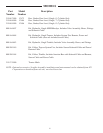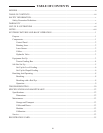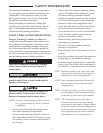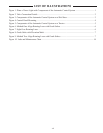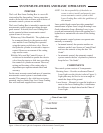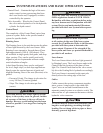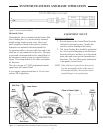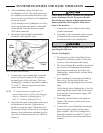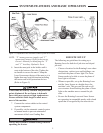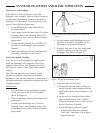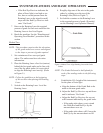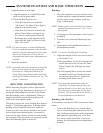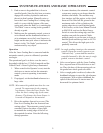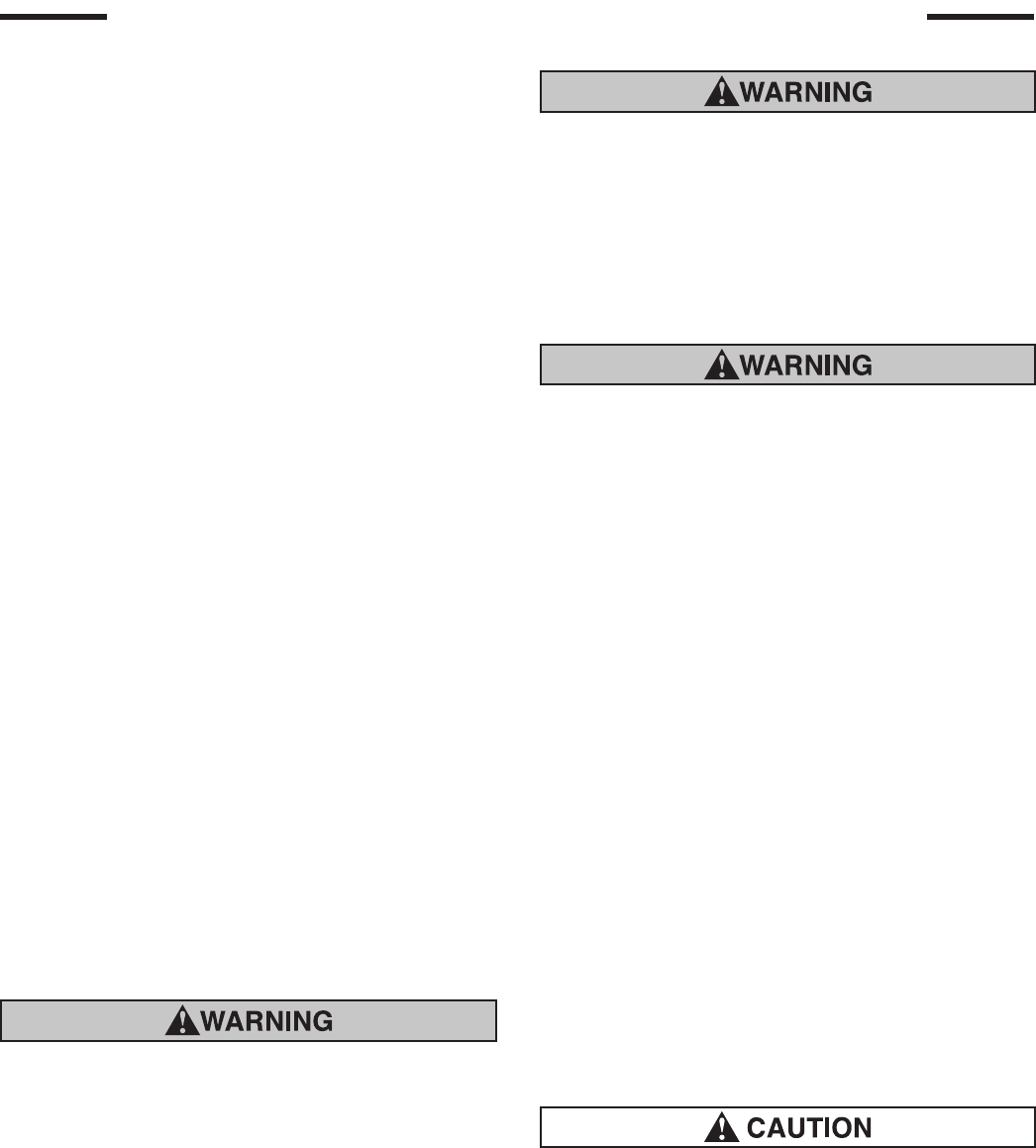
2
Use of any laser on a worksite is controlled by
OSHA regulations found at 29 CFR 1926.54.
Be familiar with these regulations before using
any laser beacon used in conjunction with this
system. Review and understand all literature
provided with the Laser System before operat-
ing.
Laser protection devices must be provided
to all workers in the area if the laser system
exceeds ve (5) milliwatts. Refer to the literature
provided with the system to determine the
power output. If unsure of the strength of the
laser system, anti-laser eye protection should be
provided to all workers.
Laser Sensor
The Laser Sensor detects the laser light generated
by Rotating Lasers. The Laser Sensor sends to the
Control Panel the location of the plane of laser
light. The Control Panel then has the valve assem-
bly drive the Grading Box's hydraulics accordingly.
The Laser Sensor is mounted on the mast pole
directly above the cutting edge of the box.
Cables
Cables connect the various components together
into a system. A single cable is provided with
“open” wires at one end for attachment to the
automatic control system or an electric switch. The
other end has a 3-pin connector that mates with the
hydraulic valve connector.
All cables must be secured with adequate cable
length to avoid pinching, stretching and tight
bending. Do not clamp cables to pipes or hoses
that may generate high heat.
Control Panel – Contains the logic of the auto-
matic control system, processing data from
the Laser Sensor and, if equipped, switches
controlled by the operator.
Valve Assembly – Wired to the Control Panel,
the valve meters hydraulic oil to the hydraulic
cylinder for depth control.
Control Panel
The complexity of the Control Panel varies from
system to system. Refer to the specic brand of
system for specic details.
Rotating Laser
The Rotating Laser is the unit that creates the plane
of laser light detected by the Laser Sensor. Most
Rotating Lasers transmit a focused plane of laser
light approximately 1000 ft. (300 meters). They
are available in single grade, dual grade, and steep
slope versions. They can be quickly and easily
aligned to job site requirements without compli-
cated calculation of angles.
A dual slope Rotating Laser can be congured
for level, single slope, or dual slope applications.
Simply enter the required percent of grade and
align the Rotating Laser to the axis (direction) to be
graded.
• Percent of Grade. The change in elevation for
every 100 feet (30 meters) graded.
• Slope. The change in elevation per foot
(meter).
Never look directly into a laser light or serious
injury to the eye may occur. In general, inciden-
tal exposure of the laser to the eye will not do
damage. However, avoid looking into the beam
whenever possible. Use a target for viewing the
laser spot.
SYSTEMS FEATURES AND BASIC OPERATION



